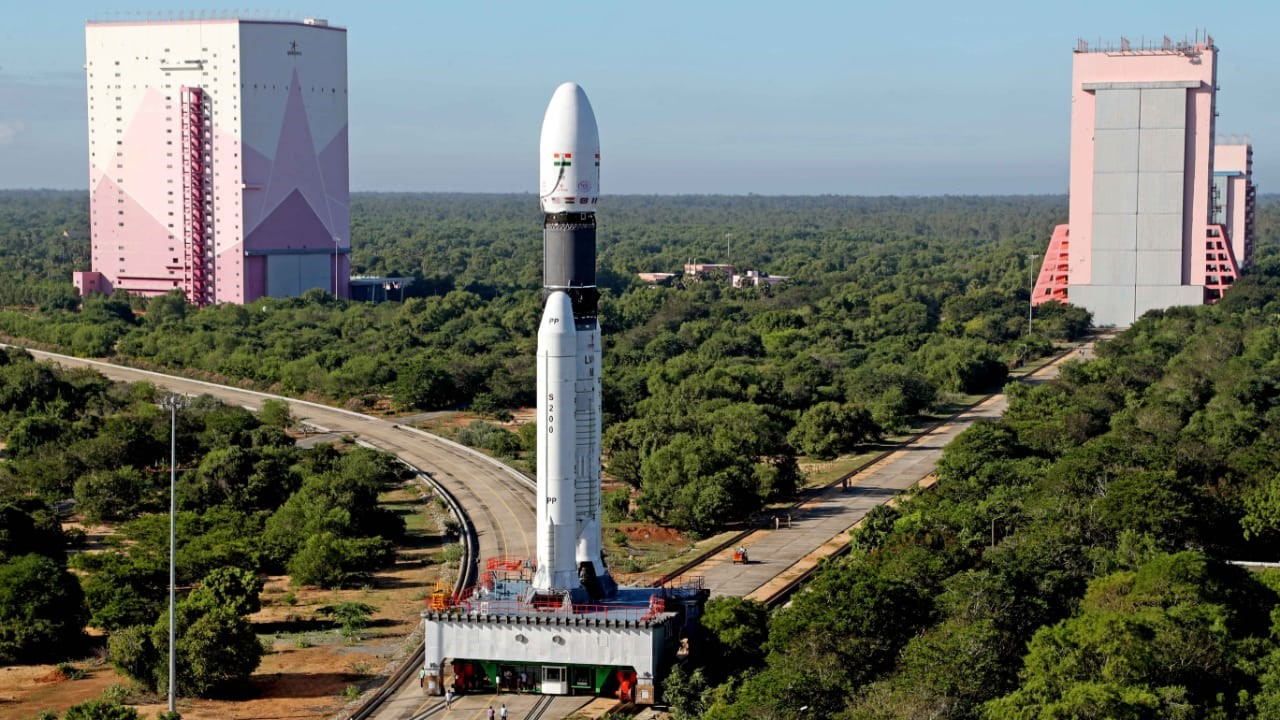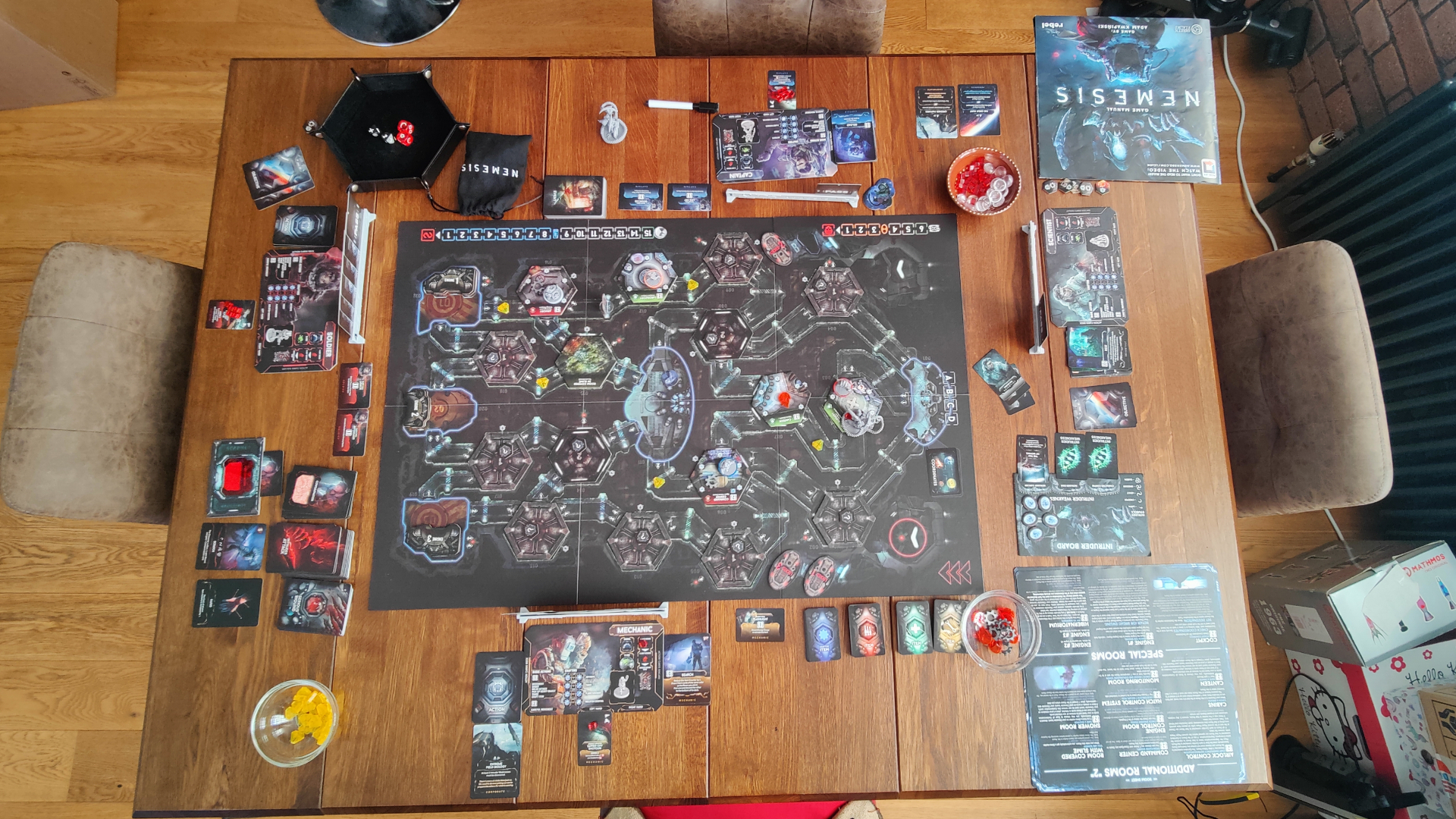India to launch Gaganyaan crew capsule test flight by end of 2024
India aims to fly Gaganyaan uncrewed this December, in a crucial trial ahead of astronaut missions.

India plans to launch a key test of its Gaganyaan crew vehicle before the end of the year as the country gears up for human spaceflight missions.
Some rocket hardware for the uncrewed Gaganyaan test flight has arrived at the Satish Dhawan Space Centre, on the huge barrier island Sriharikota, Chairman of the Indian Space Research Organisation (ISRO) S Somanath revealed on Aug. 16.
"Today, we are working on the first mission of the Gaganyaan, called G1. The first unmanned mission. The status today is the rocket, the S200 stage, the L1, [and] C32 stage are all at Satish Dhawan Space Centre," Somanath said, as reported by the Economic Times.
That rocket is the Launch Vehicle Mark-3, or LVM3 for short. Meanwhile, the crew module and service module for the uncrewed flight are undergoing integration at Vikram Sarabhai Space Centre and U R Rao Satellite Centre, respectively.
"All systems will reach Sriharikota in one and a half months, and the launch will be in December," Somanath said, according to the Times of India.
Related: India wants to land astronauts on the moon in 2040
India Prime Minister Narendra Modi formally announced the Gaganyaan (Sanskrit for "celestial vehicle") human spaceflight program in 2018. It seeks to make India only the fourth country to attain independent human spaceflight capabilities, following Russia (the former Soviet Union), the United States and China.
Breaking space news, the latest updates on rocket launches, skywatching events and more!
The upcoming demonstration flight, G1, will test all systems for a full crewed flight, including the rocket modified for human spaceflight, the crew and service modules, reentry, parachute deployment and a splashdown in the Bay of Bengal.
Though it will be uncrewed, G1 will carry the "Vyomitra" (Sanskrit for "space friend") humanoid robot to help verify systems. Two further uncrewed test missions, G2 and G3, are expected to follow in 2025.
If those trials are successful, the first crewed flight, called H1, will carry astronauts into low Earth orbit for the first time. ISRO shortlisted four "astronaut-designates" for the mission in February this year. The exact timing of the H1 mission has yet to be revealed.

Andrew is a freelance space journalist with a focus on reporting on China's rapidly growing space sector. He began writing for Space.com in 2019 and writes for SpaceNews, IEEE Spectrum, National Geographic, Sky & Telescope, New Scientist and others. Andrew first caught the space bug when, as a youngster, he saw Voyager images of other worlds in our solar system for the first time. Away from space, Andrew enjoys trail running in the forests of Finland. You can follow him on Twitter @AJ_FI.
